Many people think pay-per-click ads are the magic bullet for getting website visitors and making sales.
I wish that were true. It’d make our lives a whole lot easier.
Alas, we can’t climb into the way-back-when machine and go back to when the Internet was young, users were less jaded, and the competition wasn’t stiff.
In today’s marketing landscape, simply throwing a bucket of ad dollars at a couple of platforms can no longer guarantee traffic or conversion.
With more advertising platforms and more sophisticated technologies come more pitfalls.
If you aren’t optimizing your ads for the specific distribution platforms, you won’t get the most out of your ad budget.
In fact, lack of strategy or poor creative can result in lost revenues, PR disasters, or customers ignoring your brand and tuning out your message.
Luckily, it’s not all doom and gloom.
Online advertising isn’t a “money black hole” as some people portray it to be.
When done right, it can be very effective — especially for reaching customers seeking a specific product or for new websites that haven’t built up the SEO juice to rank high in organic searches.
To optimize your ads, make sure you aren’t making the common mistakes that have derailed so many businesses’ online marketing efforts.
Common pay-per-click (PPC) advertising mistakes that are costing you sales and conversion
PPC advertising is a quick way to promote your brand, products, or services to a targeted audience.
The fundamental idea of PPC is quite simple: you identify keywords or phrases and link them to a series of ads.
Search engine advertising is the most common way of running PPC campaigns in which ads are displayed on search engine results pages (SERPs).
In addition, you can place PPC ads on blogs and other websites in the form of contextual or in-text ads.
However, the use of the many PPC platforms and the various ways campaigns are set up are quite complex.
Navigating all the options of features and functions can be overwhelming. One wrong click of a button and you could send your campaign down the wrong path.
To get the most out of your PPC ads, here are some pitfalls to avoid:
Not investing in strategies and plans
If you dive headlong into buying ads without a sound strategy that maps to your business objectives, you’re just throwing spaghetti at the wall and hoping something will stick.
Your strategy should inform how you differentiate your products from the competition, segment your audience, allocate your budget, define your key performance metrics (KPIs) and design your mix of marketing tactics.
Not using a landing page
If you’re advertising a specific product or offer only to send visitors back to a generic homepage, you aren’t making the most of your advertising dollars.
Your visitors aren’t likely to take the time to search all over your website for the product or offer in your ad. Instead, they’ll just leave.
To increase your conversion rate, you need to ensure message-offer match by using a dedicated landing page.
A landing page has one objective: to get a conversion.
In order to get a conversion, you need to deliver a coherent user experience. Simply put, the landing page content should be a continuation of the messaging on your ad.
There should be one clear call to action (CTA) on your landing page that is designed to support your business objective.
If you want to learn more about landing page best practices, check out this infographic.
Not testing your landing page
If your landing page isn’t generating the conversion you want, it doesn’t matter how well you target your ad or how good the ad copy is.
Split testing is the best way to find out what works and what doesn’t in the real world.
While there are many elements you can test on your landing pages, make sure to test only one variable at a time.
Be patient with your A/B testing.
Besides allowing enough time to gather a statistically significant sample size, you also need to run the test for at least a week to capture the fluctuation in traffic.
Putting all your eggs in one basket
Start with a couple of solid strategies, such as Facebook ads and Google Adwords, but don’t limit yourself to the “usual suspects.”
There are many online advertising platforms, so branch out to identify the ones that are most effective for your business model, type of products, and audience segments.
You can learn from your metrics and explore options, such as Reddit or LinkedIn, based on your target audience and where they look for information.
In addition, you can explore buying ads on email newsletters if you have a well-defined audience and know exactly what newsletters they subscribe to.
Just like any form of advertising, you need multiple exposures to build awareness and familiarity.
Buying one send will unlikely generate the results you want. Plan on developing a relationship with a few newsletter owners to gain consistent exposure to their subscribers.
Not buying ads from publishers
Most people only think of buying ads on major ad networks like Google AdWords or Facebook ads.
However, if you have a very targeted audience and know that they frequent a particular website, then buying ads directly from the publisher is likely the way to go.
In the past, buying directly from publishers could be a manual process that took time and effort.
Now it’s getting easier as more publishers are using self-service systems.
In addition, you can use online ad marketplaces such as BuySellAds, Blogads, and Federated Media to further simplify the process.
Strategy and budget mismatch
If you have a small budget (maybe $100/month), you need to focus on one or two platforms to maximize the impact of your ads.
Facebook and AdWords will likely be your best bet. Be diligent when selecting the keywords and audience so you can stretch your ad dollars.
For example, you can try targeting audience or keywords that are unique and less competitive.
If you have a larger budget (maybe $20,000/month), then your strategy could be completely different.
You can put more money behind competitive keywords or audiences for your Facebook and AdWords campaigns while testing out other options.
You can also scale up your campaigns or experiment with some niche platforms.
Not using remarketing/retargeting
Remarketing is a great way to avoid paying for low-quality traffic by showing your ads to people who have already visited your site.
The audience will satisfy certain criteria such as product page visited, time on site, number of pages visited, demographic information, or geographic location.
The visitors that come through retargeting ads are likely to be “warm” leads, so you can be more aggressive when promoting a specific product or discount.
Many people are missing out on video remarketing using Google AdWords.
It allows you to target people who have interacted with your videos or YouTube channels and drive traffic back to your website.
In addition, get to know the different types of remarketing ads, such as standard remarketing, dynamic remarketing, mobile apps remarketing, and email list remarketing.
Not defining a campaign end date
Running a short-term campaign with a defined end date allows you to respond to the metrics by adjusting the messaging and targeting.
Choosing to “set it and forget it” in the form of a never-ending campaign is certainly not the best way to optimize your ad dollars.
If you aren’t paying attention, you could easily get outbid by your competitors and lose your top spot.
Not to mention, search patterns can change on a dime.
Leaving an underperforming keyword on your campaign will eat up your budget without driving the right kind of traffic.
Not tracking the right metrics or ROI
More clicks aren’t necessarily better.
You need to track the clicks all the way to the bank with conversion tracking to make sure you’re maximizing the ROI on your ad dollars.
Set up tracking for multiple conversion sources to ensure that you’re capturing all conversion actions.
You can also track multiple conversion actions from each conversion source to get more granular metrics.
There are some nuances when it comes to tracking ROI.
First, you need to decide what “return” means for each campaign. It could be sales or brand awareness, for example.
Then you have to establish the key performance metrics (KPIs) required to measure the success of the campaign.
Not optimizing your ads
Tracking metrics is important but even more so is what you do with the metrics.
If you aren’t using them to optimize your targeting, creative, or pricing, you’re leaving money on the table.
Test your targeting to identify the most responsive audience. Change up the message or appearance of your ads to determine the best creative for each segment. Experiment with your bidding strategy to see where your ad will show and how much exposure it gets.
Start with your top ad platforms that give you a large enough sample size so you can test and fine tune the ads to increase your ROI.
Not scaling your campaigns
After you have tracked and analyzed the metrics, you should have a very good idea of what’s working and what isn’t.
Now you’re going to stop spending your budget on ads that don’t work and double down on those that are meeting or exceeding your target ROI.
Gradually step up your spending on campaigns that are doing well, and keep an eye on the performance metrics to make sure they keep generating the ROI you’re aiming for.
Not using Google Shopping
Google Shopping ads are great for ecommerce businesses. They feature images and are displayed at the top of the search results page.
To get the most out of your Google Shopping listing, upload high-quality images and optimize your product data feed.
Using too many keywords in an ad group
Too many keywords may diminish the relevancy of your campaign and negatively impact your ROI.
Start with 5-20 keywords per ad group, and make sure the keywords are directly related to the ad group’s theme.
Keep in mind that your keywords will automatically match variations, such as misspelling or plural versions, so you don’t have to include those in your list.
Not “spying” on your competitors
How’s your ads’ performance compared to your competitors’?
If you don’t know the answer, then it’d be hard to cut through the clutter and make your ads stand out.
Get a better understanding of the competitive landscape by using tools that allow you to “spy” on your competitors through monitoring mentions, keywords, and ads.
Not thinking “profit”
This may sound simple, but people often forget to do the math when they’re knee deep in numbers and metrics.
You need to know how much revenue each click is bringing in to determine how much you can bid on a keyword and still generate a profit.
Being insensitive to current events or culture
A campaign idea that’s innocuous one day may become offensive or inappropriate the next due to current events.
Or the use of certain images and copy may reflect a business’s ignorance of a culture.
Pay attention to what’s going on around you to steer clear of PR disasters caused by sending out untimely, insensitive, or erroneous messages.
Poor quality creative
The “creative” of your ad refers to the copy and image.
No matter where you’re placing your ads, they need to look clean, clear, and professional.
Don’t just grab an intern from your office (or your nephew) and piece some clipart together.
It’s very easy and affordable to hire a professional designer through freelancer platforms such as Upwork or 99designs.
If you use stock photos with people, pick models that your audience can relate to.
They should reflect your brand identity and work well with the platform.
If you’re advertising a particular product, use high-quality photos of the item. Photos that show details and texture are often great for emphasizing craftsmanship.
The image should help your ad stand out, but it shouldn’t be so overpowering that it takes the attention away from the messaging.
Your copy is just as important as the image in your ad.
Typically, the number of words you can use in an ad is quite limited. But it doesn’t mean you can skimp on the effort you put into crafting a powerful message.
If anything, you need to make sure every word packs a punch.
Your ad copy should include the keywords or keyword phrase you want to rank for, the benefits of your products or services, and a clear call to action.
Don’t forget to proofread your copy.
Spelling and grammatical mistakes are distracting. They also diminish your professional image and credibility.
In addition, don’t use slang terms (e.g., LOL, IMHO, YOLO, and the likes) and never go nuts with exclamation points!
Common mistakes that plague Facebook advertisers
Even though Facebook advertising is a form of PPC, it has many unique features and brings its own set of challenges.
If you don’t pay attention to them, you risk making the same mistakes, and then you’ll wonder where your ad money has gone.
Selecting too broad or too narrow of an audience
Facebook ad manager allows you to get very granular when defining an audience.
Most advertisers aren’t fully utilizing this capability to zoom in on their target market so they can deliver the right message to the right people.
Too broad an audience means you aren’t getting the highest-quality clicks. You’re probably paying for clicks that are less likely to convert.
However, an audience can also be too narrow.
You risk exhausting an audience if it’s too small. Your cost per click can also become higher.
If you need to widen your audience, skip the “and” setting when selecting an audience.
Not clearly defining “conversion”
Facebook ad manager allows you to define a conversion goal for a campaign so you can increase the effectiveness of your ad.
By clearly defining your objective, you can create the right message, advertise the right content or products, and track the right actions.
Not using the right ad format
Different ad formats are effective for different audiences and content.
Facebook is constantly changing the nature of ad types. Stay up-to-date to make sure you’re using the best format for your objectives.
Not using video
Video is a great tool for brand storytelling and is gaining popularity among marketers.
A mix of video and static ads has been found to increase the effectiveness of a campaign.
Use a thumbnail image that piques interest. Make sure the video captures attention within the first few seconds, even with the sound turned off.
Add video to your link or carousel ads so you can include more information in the headline, call-to-action button, and link description to maximize the space you have.
Using too much text on your image
Even though Facebook has changed the rule that limits the amount of text in an ad image to 20%, the algorithm still favors creative with little or no text.
Keep in mind that your audience is scrolling quickly through their newsfeeds looking for useful and interesting content.
If you’re using text in your image, make it “thumb-stopping” to capture users’ attention. You can use a short and punchy value proposition.
Not optimizing your image size
If you don’t follow Facebook’s recommended image sizes for the campaign’s objective, your ad may not be shown in all the different formats.
Plus, your ad may not display as intended and may get a lower engagement rate.
Stay current by checking the Facebook Ads Guide before you create images for your ads.
Not taking advantage of new display features
Facebook has been introducing new features, such as Canvas ads and Facebook 360, to enrich the user experience.
These new features are great for storytelling and help you deliver an engaging and immersive brand experience.
Not selling the click-through
There’s a lot happening on Facebook, and your audience doesn’t have the attention span to read a lot of information.
Make your copy simple and straightforward. Focus on getting the click-through instead of trying to communicate too much information in your ads.
Exhausting your audience
More isn’t always better.
Keep in mind that Facebook users don’t get onto the platform to see ads.
If you bombard them with your messages too frequently, they will tune out, and your ads will become less effective.
If your engagement dwindles even if you narrow your audience, you may want to give the campaign a break.
Conclusion
The paid advertising landscape is always changing, and you have to adapt to new platforms, new algorithms, and new technologies.
“Best practices” today may not apply tomorrow. An amazing traffic source today may dry up next week.
Don’t fall asleep at the wheel.
The key to continued success is to stay diligent with your metrics:
- Keep testing to fine-tune your campaigns, and know what works and what doesn’t for your particular brand, business objective, and audience.
- Try out different advertising sources. Besides the usual suspects, experiment with those that may be less “mainstream” but work well for your niche.
- Always keep an eye on your metrics and ROIs. Be clear on your objectives so you know how much value your ads are creating for your business.
What has been working for your paid advertising?


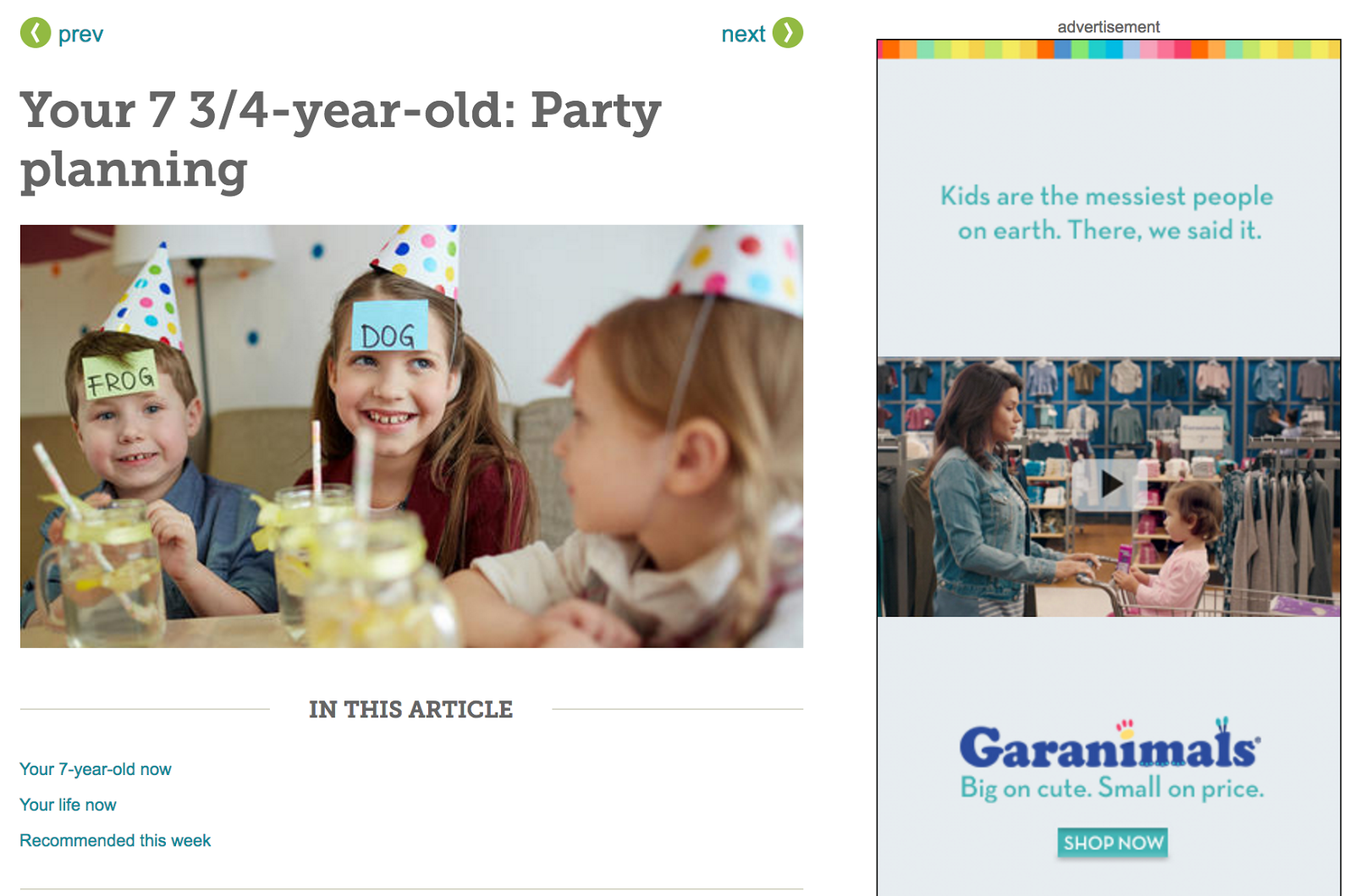
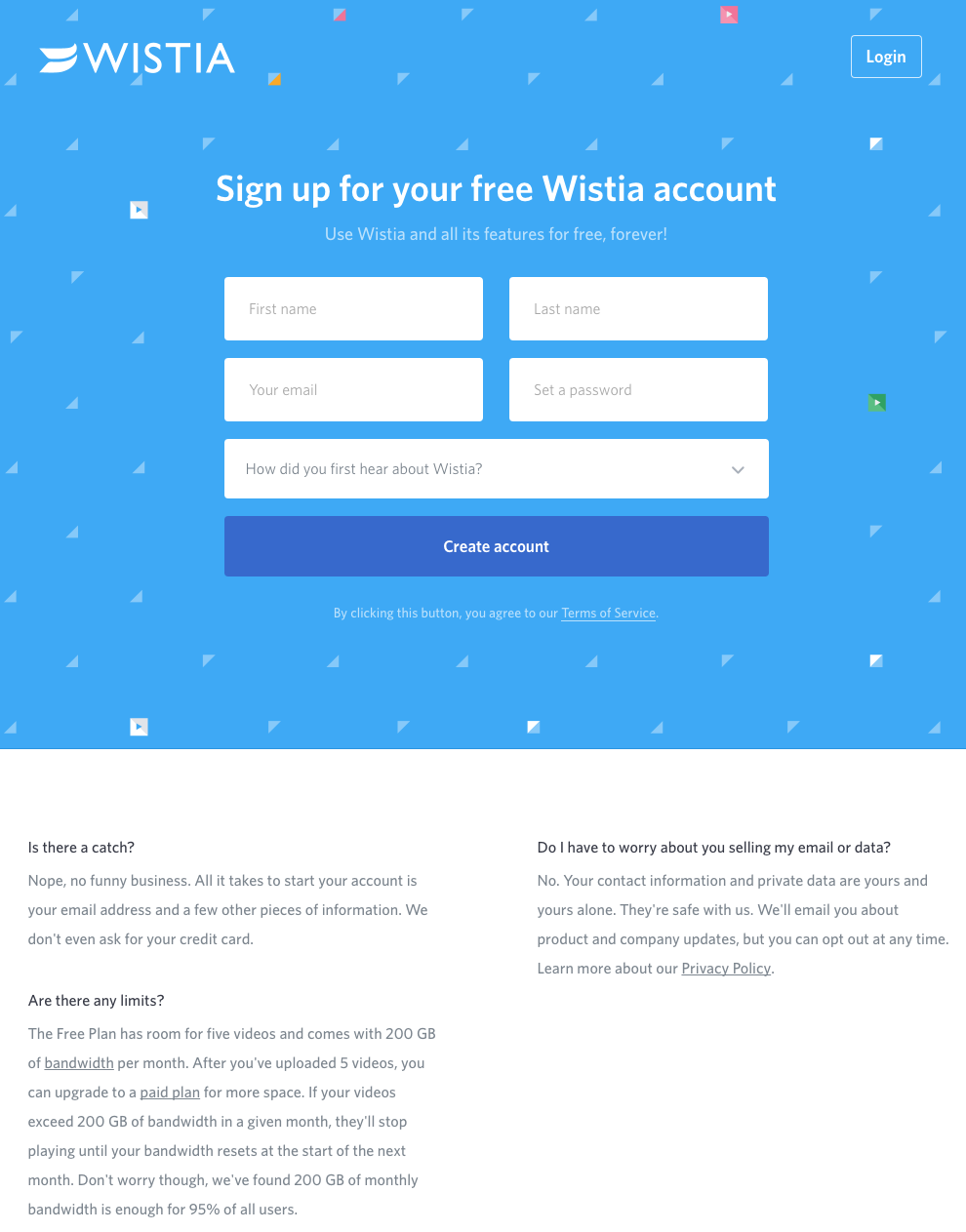
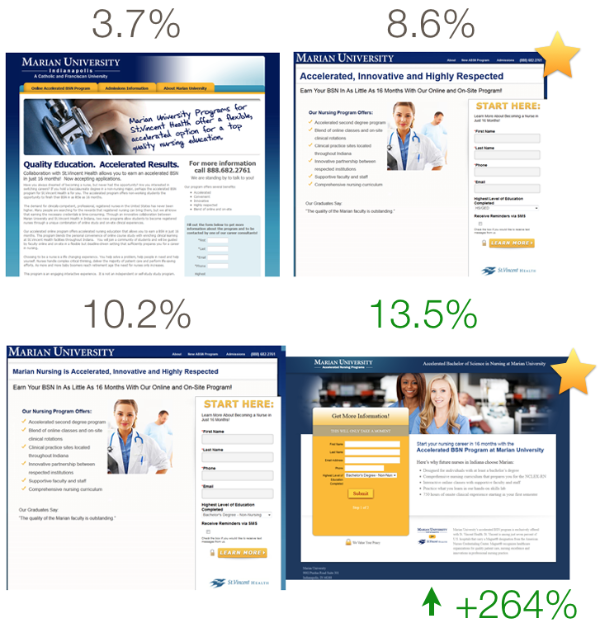
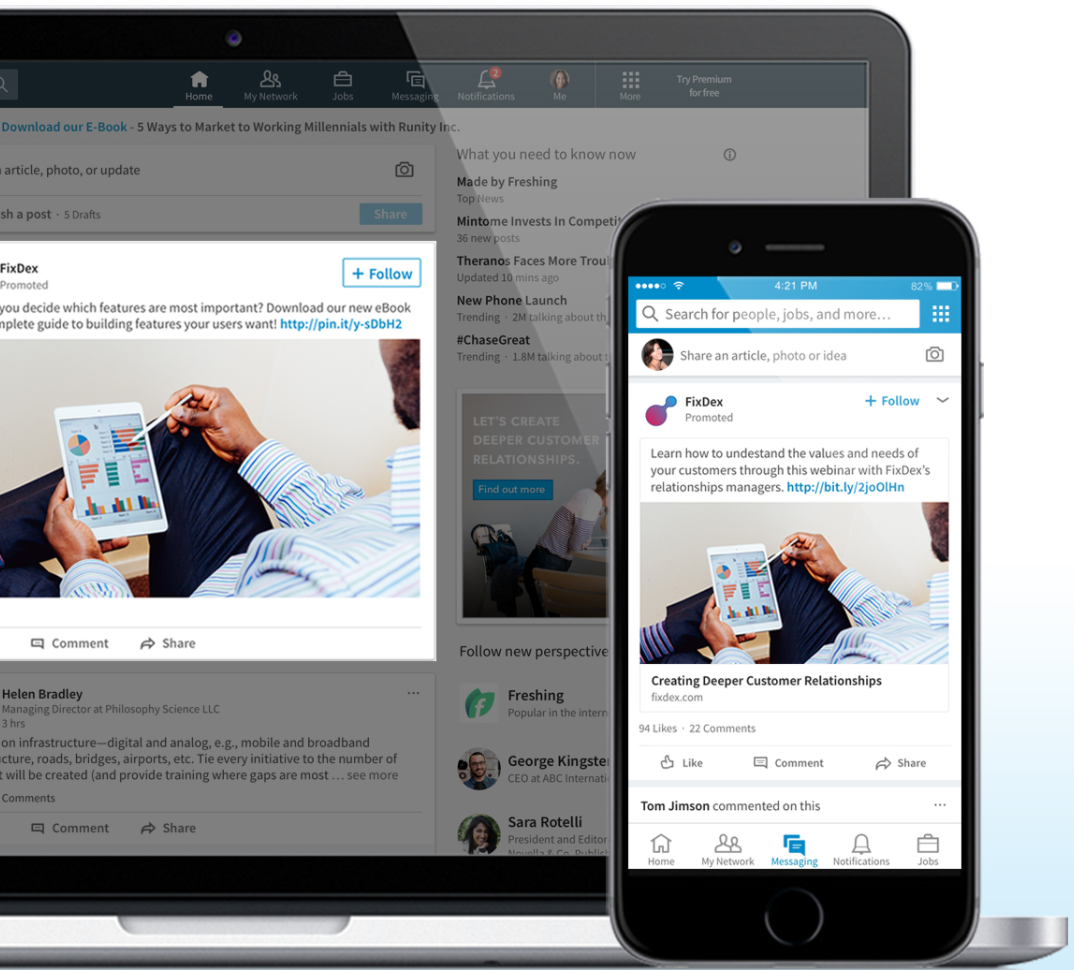
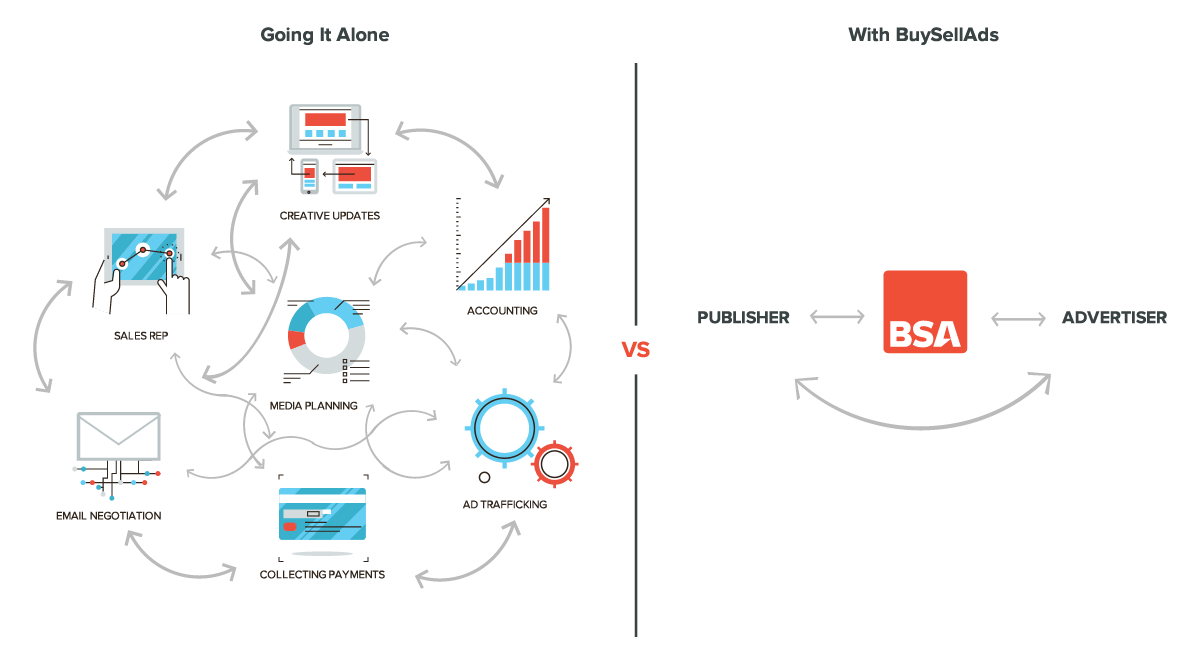
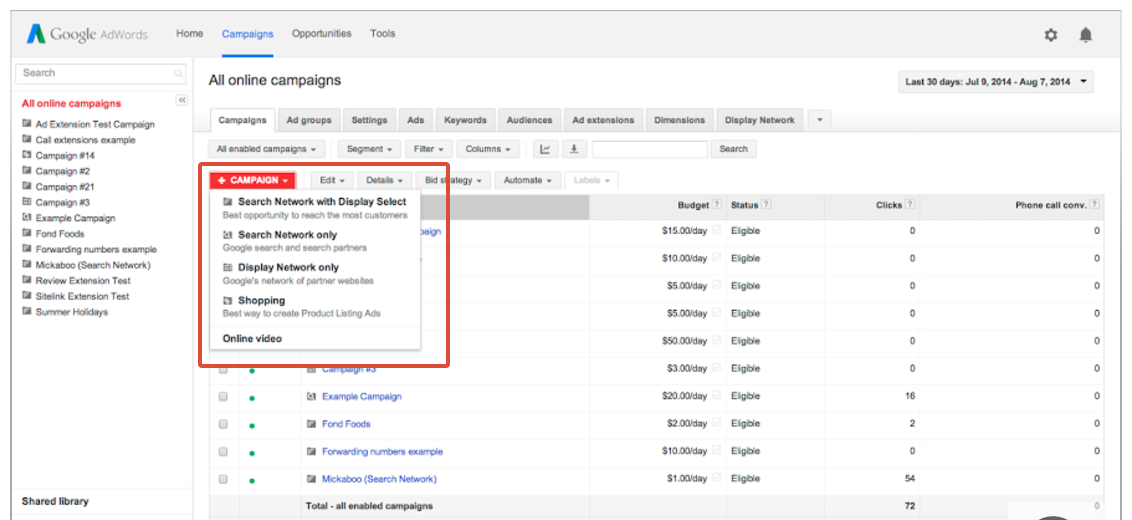


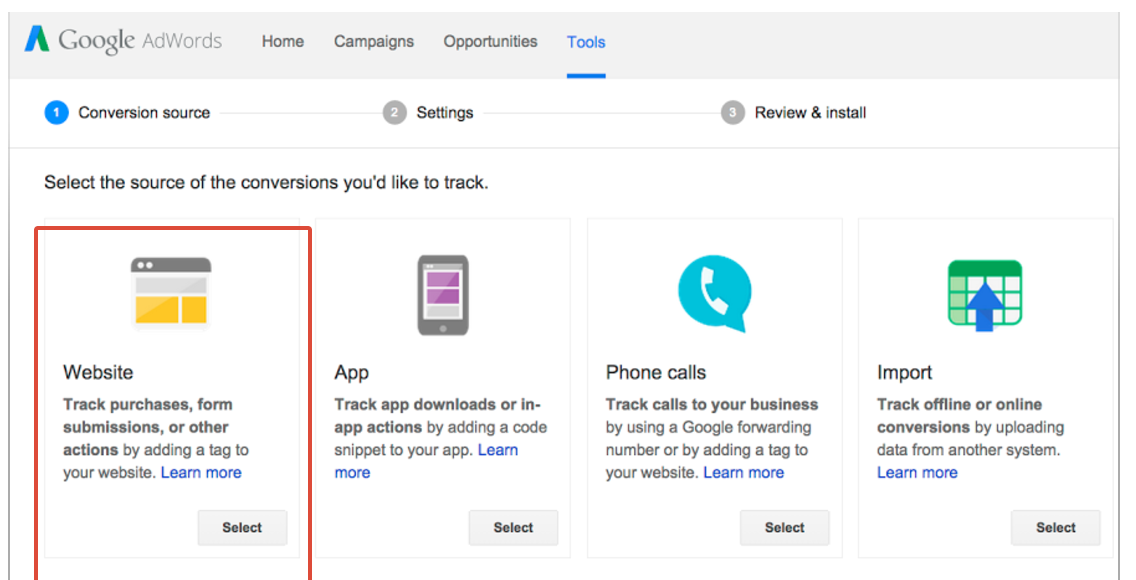
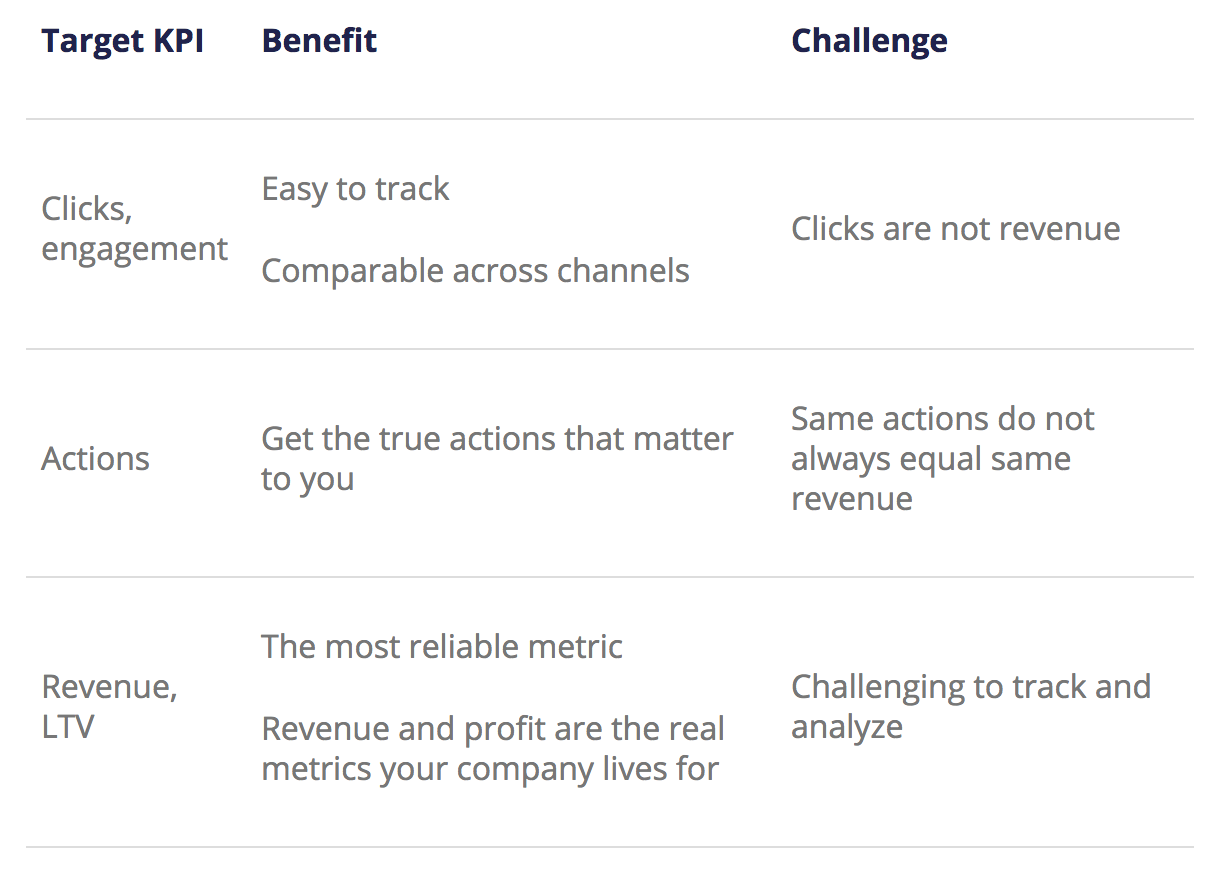
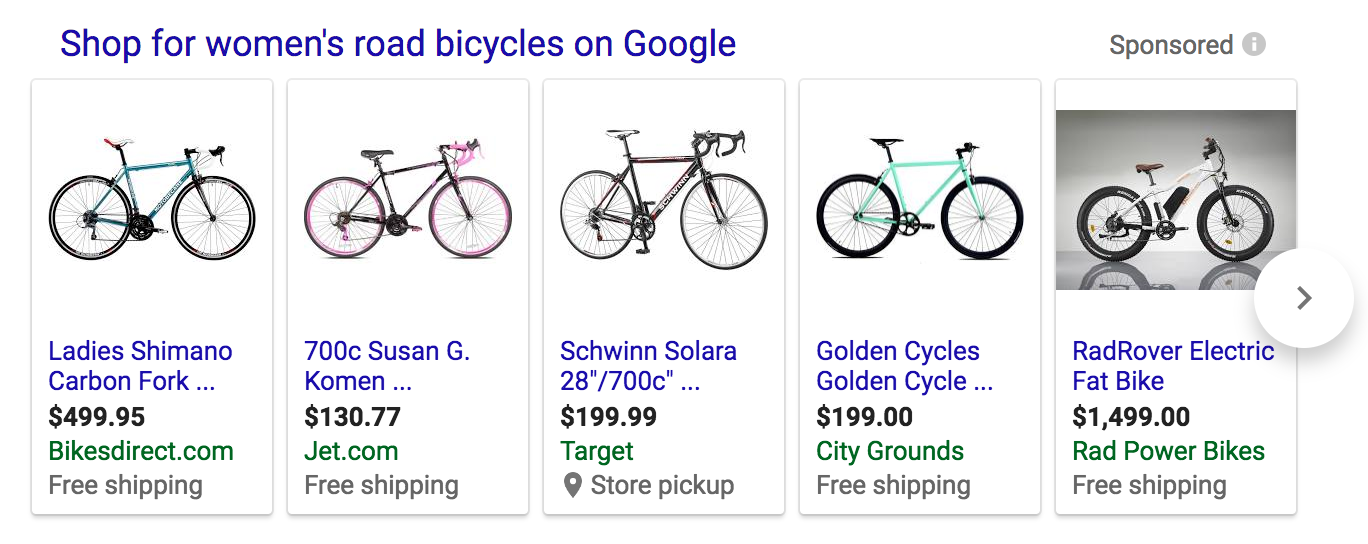
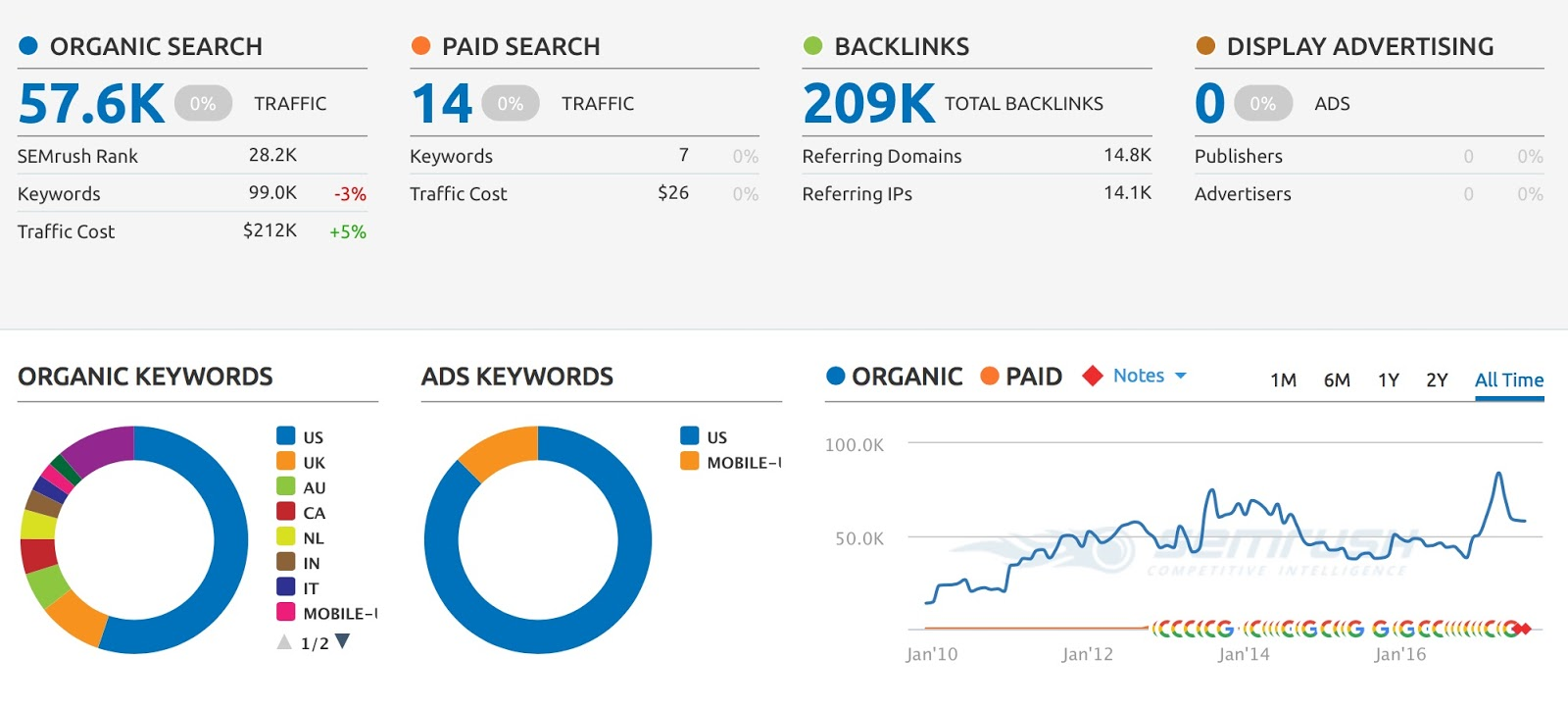

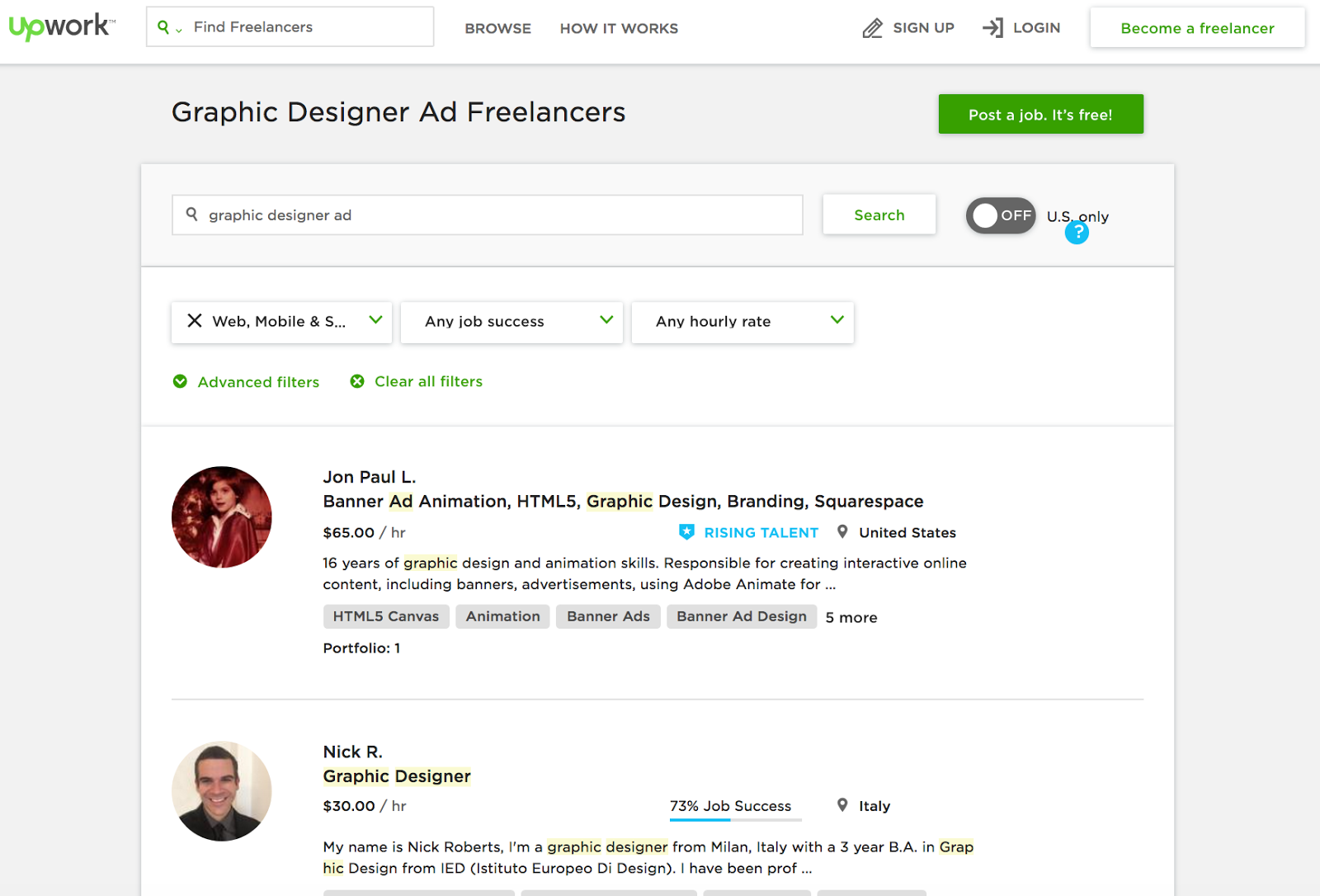


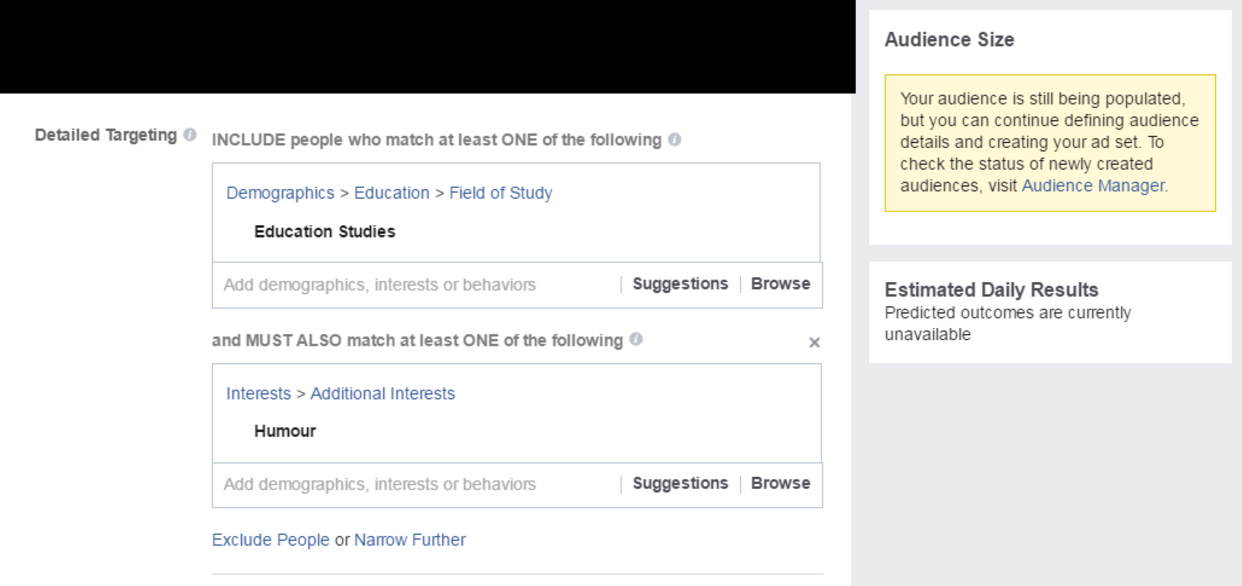
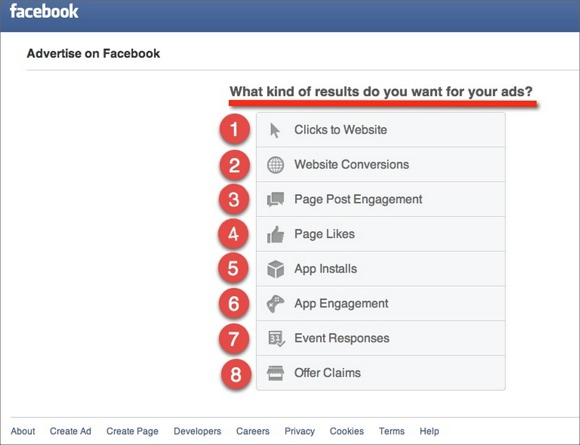
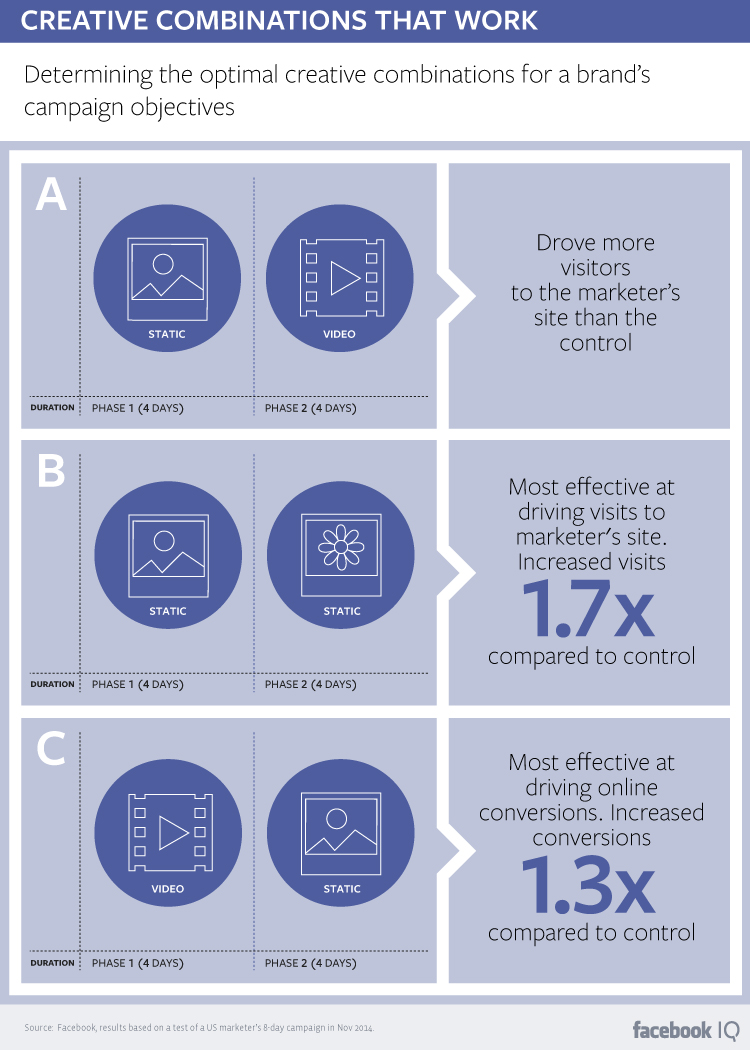
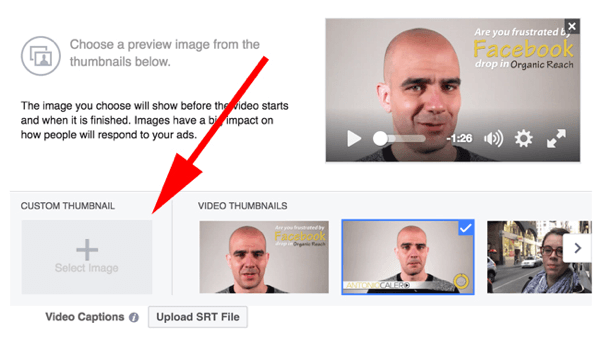
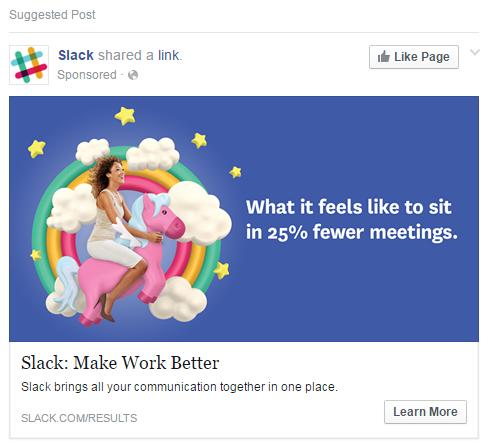
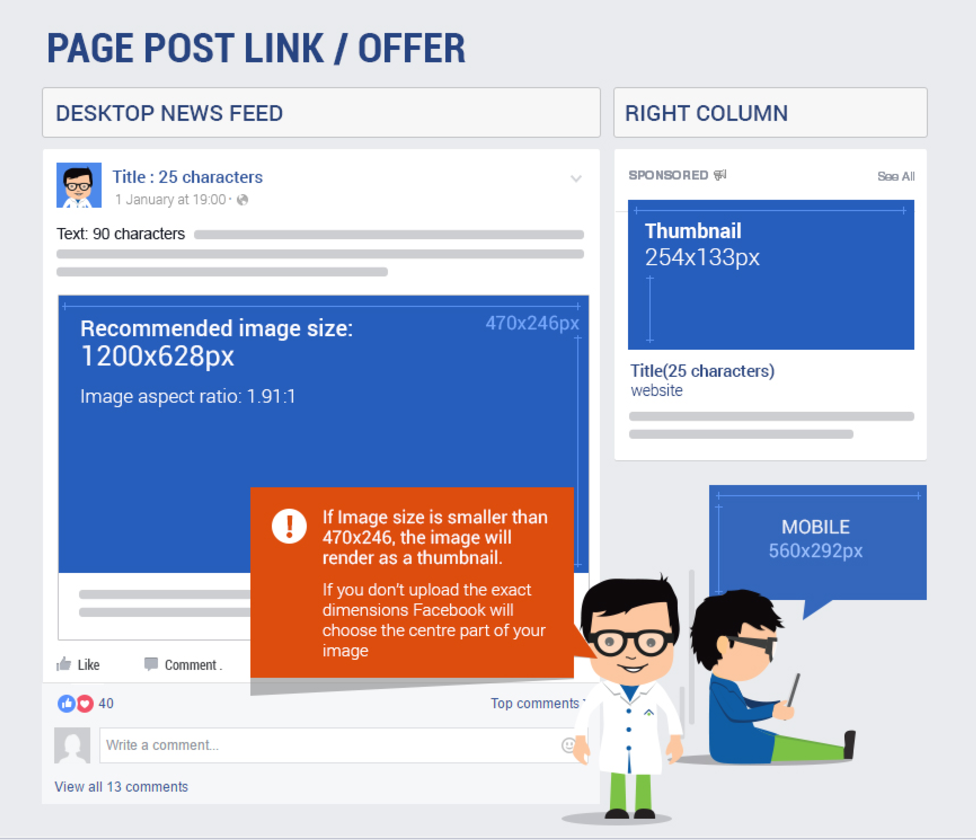
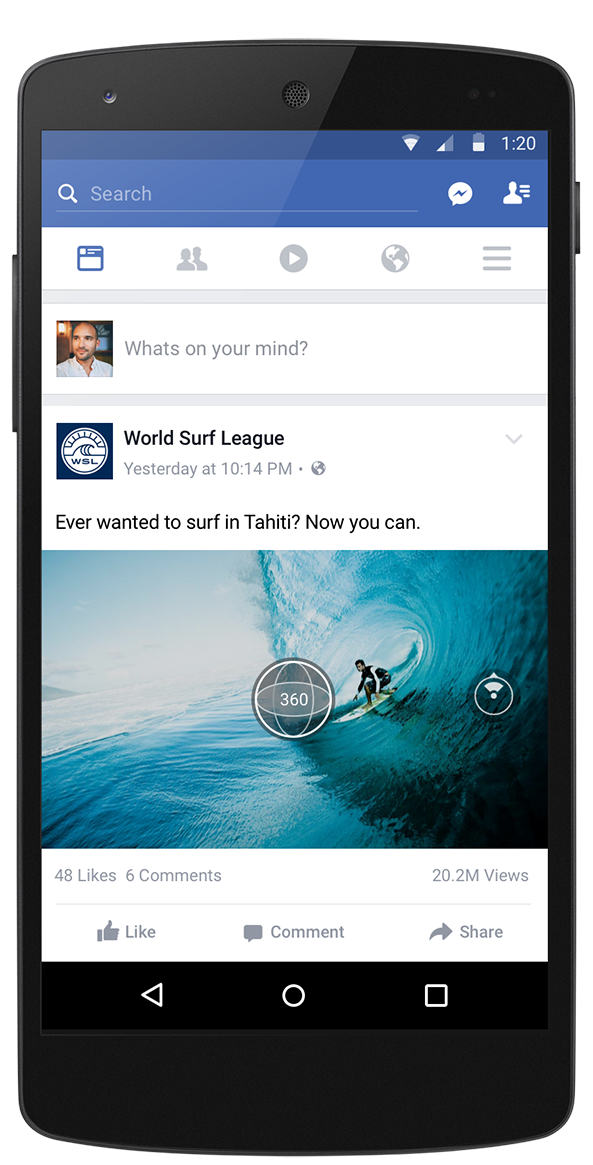
Comments (0)